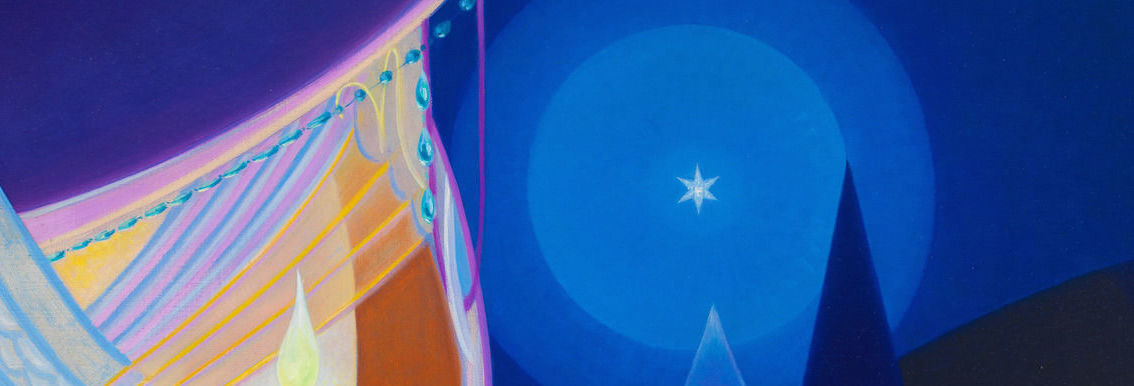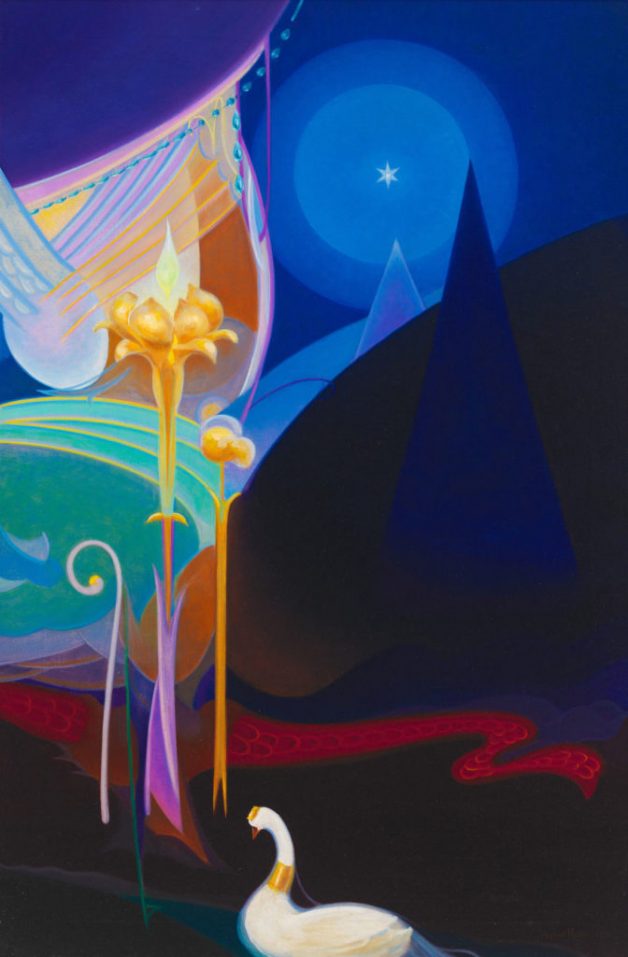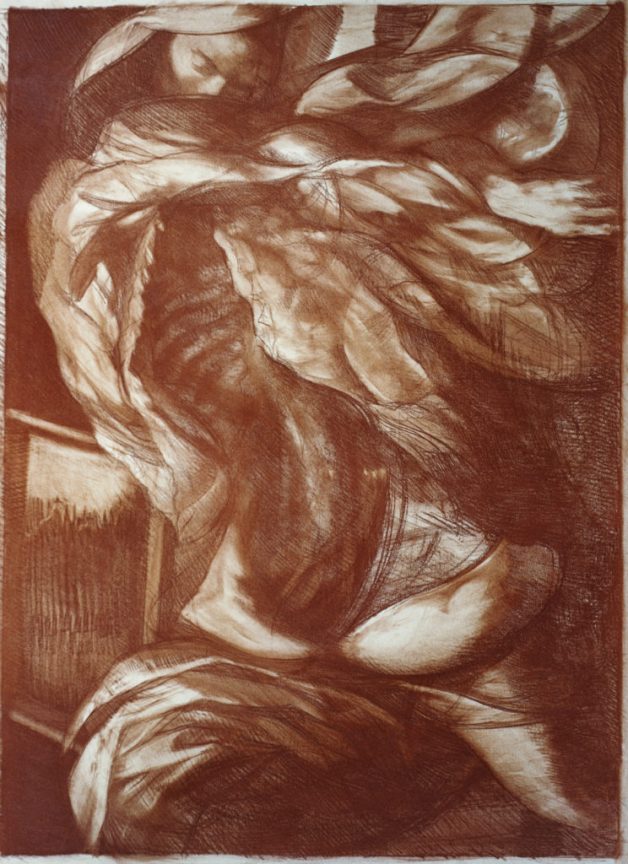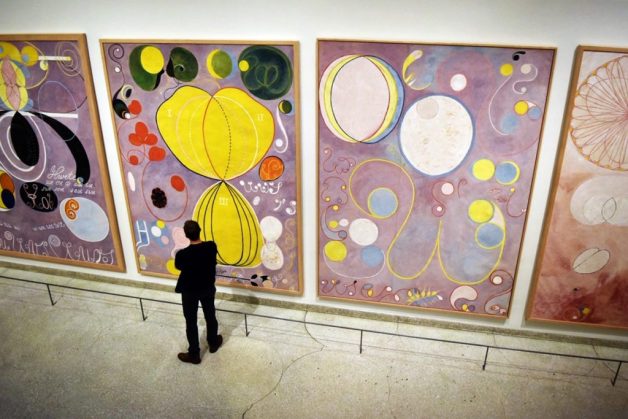Spirituality Has Long Been Erased From Art History. Here’s Why It’s Having a Resurgence Today
With an Agnes Pelton show on the horizon at the Whitney, we investigate the trend for spiritually-minded art.
What to do when, in the words of Karl Marx and Friedrich Engels, “All that is solid melts into air?” Times of upheaval inspire a search for alternative understandings of reality. This was as true a century ago as it is today. In a prefiguring of our own troubled moment, the rise of modern capitalism undermined long established social systems while new scientific discoveries challenged long accepted religious beliefs. Then, as now, those dissatisfied with mechanistic explanations of life and society had two choices: retreat back to now discredited philosophies or seek other ways of understanding the forces reshaping human life.
In the late 19th century, two phenomena emerged from this confusion. Many of the era’s leading thinkers embraced the new science while rejecting a purely materialist vision of human existence. At the same time, artists moved beyond conventional representational strategies toward a radical new approach to art. In 1986, a now legendary exhibition at the Los Angeles County Museum of Art proposed a link between these two developments. “The Spiritual in Art: Abstract Painting 1890–1985” challenged prevailing formalist histories of modernism by tracing the origins of Western abstraction to a confluence of ideas about spirituality current at the turn of the last century.
Who are the contemporary equivalents to af Klint, Pelton, or Bloom?
Massimiliano Gioni’s 2013 Venice Biennale, titled “The Encyclopedic Palace,” was dedicated to spiritualist cosmologies of all kinds. Since that time, a steady drip of rediscoveries of art with occult themes has been felt. In 2014 and 2015, Marjorie Cameron (1922–1995), aka Cameron, had her occult art showcased at LA MoCA’s Pacific Design Center (“Songs for the Witch Woman”) and Jeffrey Deitch in New York (“Cinderella of the Wastelands”). A 2016 exhibition of British artist Georgiana Houghton’s “spirit drawings” at the Courtauld in London drew huge crowds, the same year that “Language of the Birds” at New York University’s 80WSE Gallery presented a cross-historical exploration of art inspired by Kabbalah, alchemy, hermeticism, and Tarot. Self-taught painter and telepathic healer Emma Kunz was featured at the Serpentine just last spring. And, of course, the Guggenheim’s Hilma af Klint show broke records for attendance last year—perhaps the moment it became clear to all that the new interest was truly a juggernaut.
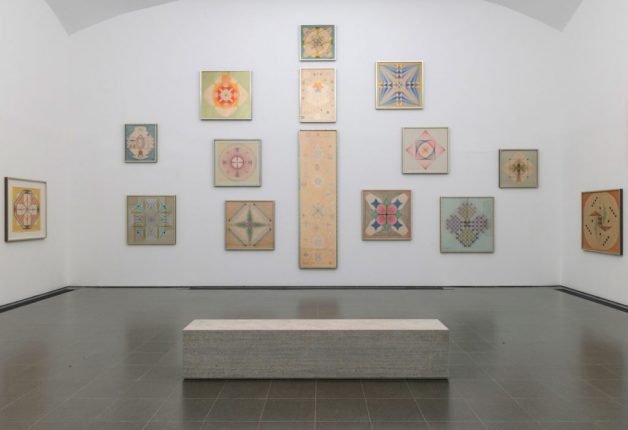
Installation view of “Emma Kunz – Visionary Drawings: An exhibition conceived with Christodoulos Panayiotou” at the Serpentine Galleries. Courtesy of the Serpentine.
Though none of this has yet gelled into a recognizable movement, it would seem that contemporary art and the spirit have once again made a tentative peace.
Spirituality Has Long Been Erased From Art History. Here’s Why It’s Having a Resurgence Today

